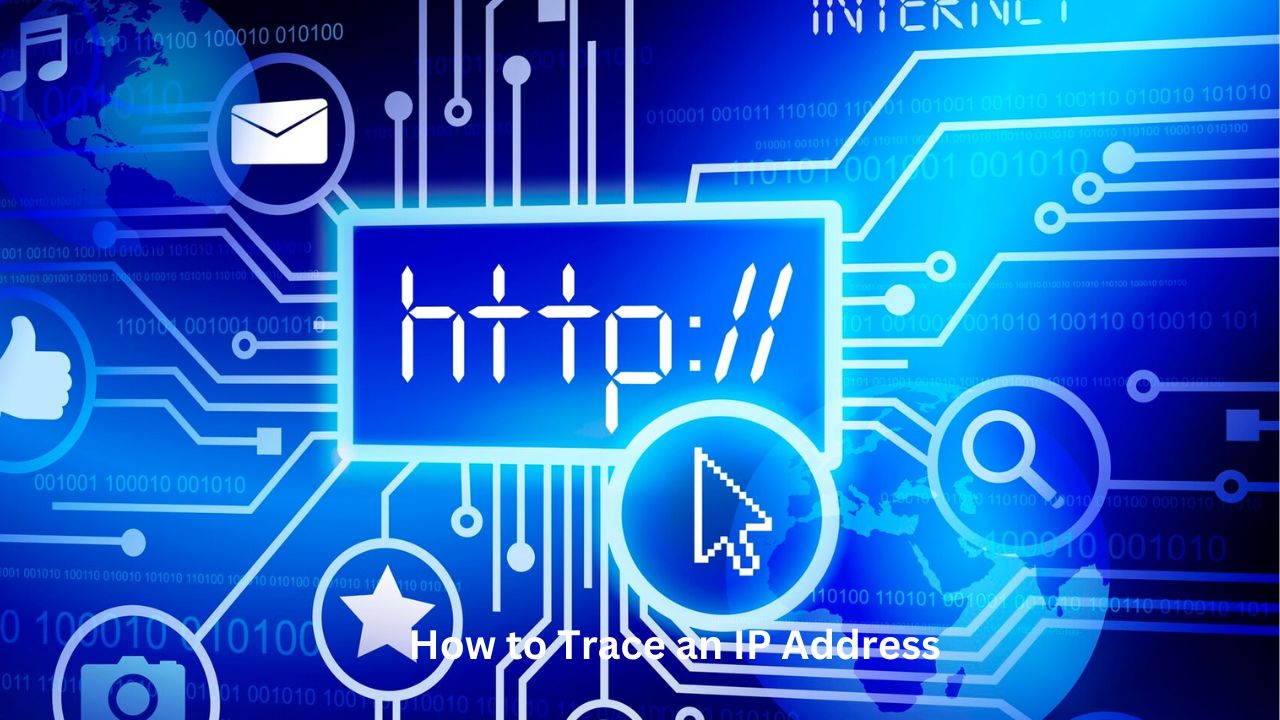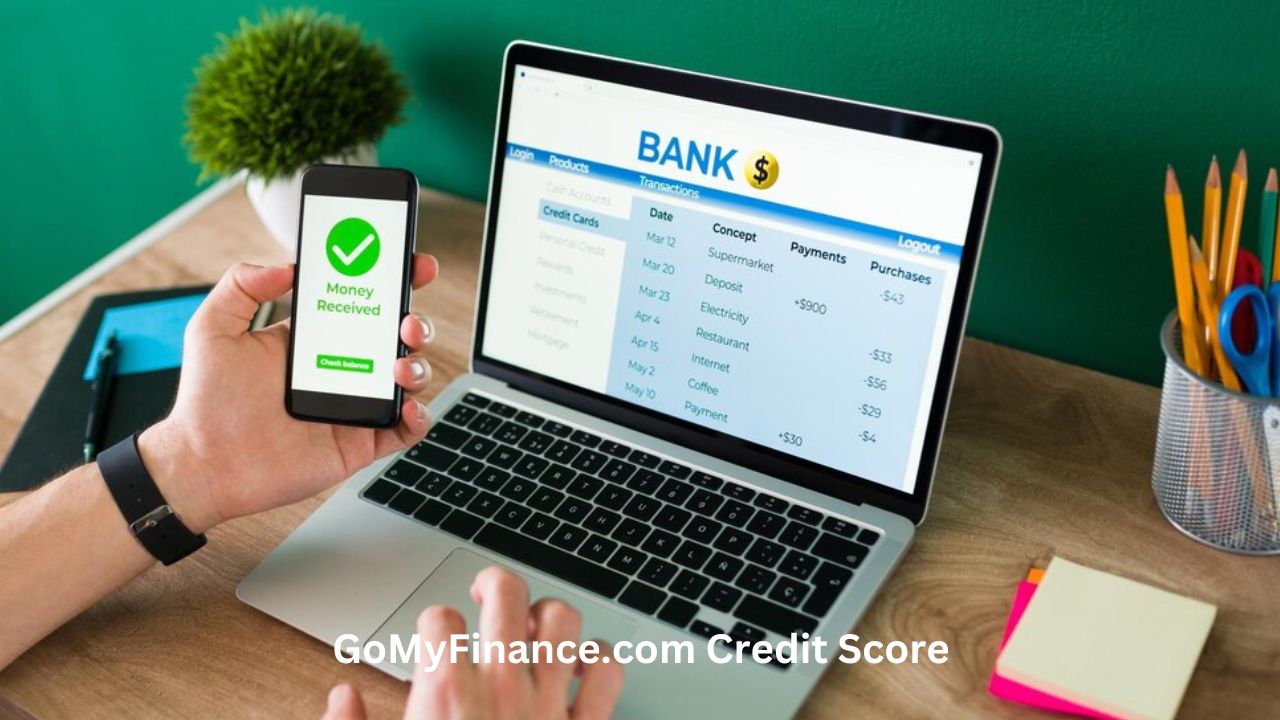Introduction
The internet connects billions of devices worldwide, and IP addresses play a crucial role in enabling communication. Every online activity, from browsing to emailing, involves an IP address that identifies the device’s location on the network. However, many users are unaware of how IP tracking works, the potential cybersecurity threats, and how networking relies on IP addresses.
This article explains how to trace an IP address, the security concerns related to IP tracking, and the role of IPs in networking. Whether you’re a cybersecurity enthusiast, a network administrator, or a general internet user, understanding these concepts helps you navigate the online world securely.
What is an IP Address?
An IP (Internet Protocol) address is a unique identifier assigned to every device connected to the internet. It functions like a digital address, enabling communication between computers, servers, and websites.
Types of IP Addresses
- Public IP Address – Assigned by an Internet Service Provider (ISP), visible to the internet.
- Private IP Address – Used within local networks (home or business), assigned by a router.
- Static IP Address – Permanently assigned, ideal for servers and businesses requiring constant access.
- Dynamic IP Address – Changes periodically, providing better security and privacy.
- IPv4 vs. IPv6 – IPv4 uses a 32-bit format (e.g., 192.168.1.1), while IPv6 has a 128-bit format (e.g., 2001:db8::ff00:42:8329).
How to Trace an IP Address
Tracing an IP address reveals location details, ISP information, and sometimes, network ownership. Here’s how you can do it:
1. Using Command Line Tools
You can trace an IP address using built-in networking commands:
- Windows: Open Command Prompt and type →
tracert <IP Address> - Mac/Linux: Use the Terminal and type →
traceroute <IP Address>
This command shows the network path taken to reach the target IP, listing intermediate servers.
2. Using WHOIS Lookup
A WHOIS lookup tool provides information about IP ownership, domain registration, and ISP details. Many free services like whois.domaintools.com allow users to search for this data.
3. Using Online IP Lookup Tools
Many websites, such as iplocation.net and whatismyipaddress.com, provide geolocation details, including:
Country
ISP Name
Time Zone
Approximate City
4. Using Reverse DNS Lookup
A Reverse DNS (rDNS) lookup translates an IP address back into a domain name. It helps identify email senders, web hosts, and suspicious activity.
Command Example:nslookup <IP Address> (Windows)dig -x <IP Address> (Linux/Mac)
5. Checking Server Logs
Web admins can analyze server logs to trace visitor IPs and detect unusual activity. This method is commonly used in cybersecurity investigations.
Cybersecurity Concerns Related to IP Addresses
While IP tracking is useful, it also raises security and privacy concerns. Hackers, cybercriminals, and advertisers exploit IP addresses in various ways.
1. IP Address Tracking and Privacy Risks
Many websites, ISPs, and advertisers track users’ IP addresses to analyze behavior, serve targeted ads, or monitor online activity.
2. DDoS Attacks (Distributed Denial-of-Service)
Cybercriminals use IP addresses to launch DDoS attacks, overwhelming a target’s network with massive traffic, causing outages.
3. IP Spoofing and Identity Theft
Hackers disguise their identity using IP spoofing, faking IP addresses to impersonate trusted users. This technique is used in phishing attacks and network intrusions.
4. Hacking and Unauthorized Access
Exposed IP addresses can reveal location details, allowing hackers to scan for vulnerabilities, access networks, or exploit weak passwords.
5. Geo-Restrictions and Censorship
Governments and streaming platforms use IP-based restrictions to limit access to content in certain countries. Many users bypass this using VPNs and proxies.
6. How to Protect Your IP Address
To safeguard online privacy, follow these best security practices:
Use a VPN (Virtual Private Network) – Encrypts internet traffic, masking your real IP.
Enable a Firewall – Blocks unauthorized network access.
Use a Proxy Server – Redirects traffic through an intermediate server for anonymity.
Update Router Security – Use strong passwords and disable unnecessary services.
Avoid Clicking Suspicious Links – Cybercriminals embed tracking links in phishing emails.
The Role of IP Addresses in Networking
IP addresses are the foundation of network communication, ensuring seamless data exchange across devices.
1. Routing and Data Transmission
Every data packet on the internet includes an IP header, guiding it to the correct destination. Routers use IP addresses to forward traffic efficiently.
2. Network Address Translation (NAT)
Routers assign private IP addresses to internal devices while using a single public IP for external communication. NAT improves security and conserves IPv4 addresses.
3. Domain Name System (DNS) Resolution
The DNS system converts human-friendly domain names (e.g., google.com) into IP addresses, allowing users to access websites without memorizing numeric addresses.
4. Subnetting and IP Management
Large organizations divide networks into subnets, segmenting traffic for better security, efficiency, and organization.
5. IPv6: The Future of Networking
With the depletion of IPv4 addresses, the transition to IPv6 is essential for the growing number of internet-connected devices.
Larger Address Space – 128-bit format supports billions of devices.
Improved Security – Built-in encryption and authentication.
Better Performance – Reduces network congestion.
Conclusion
IP addresses are the backbone of internet communication, enabling seamless connectivity across devices. While tracing an IP address can reveal valuable insights, it also raises cybersecurity concerns. Understanding how to protect your IP, prevent tracking, and secure your online activities is essential in today’s digital world.
With increasing cyber threats, users must adopt privacy-enhancing measures like VPNs, firewalls, and encryption. As technology advances, the shift to IPv6 ensures a more secure and scalable internet for future generations.
Whether you’re tracking an IP for security reasons, managing network configurations, or safeguarding your digital identity, this knowledge empowers you to navigate the online landscape responsibly.
FAQs
1. Can I Trace an IP Address to a Specific Person?
No, IP addresses reveal approximate locations, but not exact identities due to ISP privacy policies.
2. How Can I Hide My IP Address?
Use a VPN, proxy, or Tor browser to conceal your real IP and protect privacy.
3. Is Tracing an IP Address Legal?
Yes, public IP lookups are legal, but unauthorized tracking or hacking violates privacy laws.
4. Can My IP Address Be Hacked?
Hackers can scan for vulnerabilities and attempt attacks if security settings are weak.
5. Does Changing My IP Address Improve Security?
Yes, using a dynamic IP or VPN helps reduce tracking and prevents targeted attacks.











